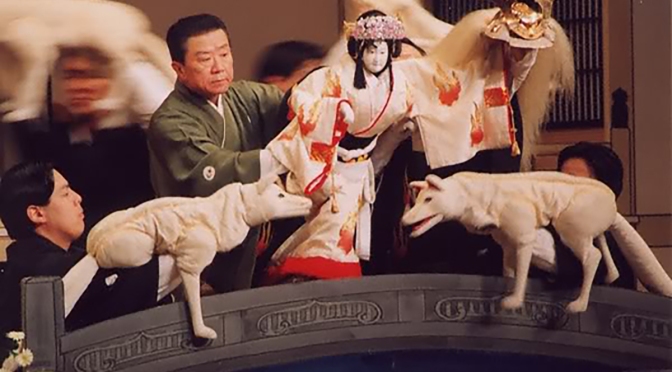Russell Stover. Godiva. Lindt. It’s hard to beat standards like a box of chocolates as a gift for Valentine’s Day. Even today more than one billion dollars are spent on chocolates for this romantic holiday in the United States alone. In Japan, it is a tradition for women to give chocolate to men on Valentine’s Day. There are generally two (now three) types of chocolate given: giri-choco (義理チョコ), or “obligatory chocolate,” honmei-choco (本命チョコ), or “true feelings chocolate,” and now recently tomo-choco (友チョコ), or “friendship chocolate.”
While the meaning behind honmei-choco and tomo-choco are pretty self-explanatory, the practice of giri-choco has become an increasingly contentious issue. In some workplaces, giri-choco has even been banned as it compels women to gift chocolate to men and puts them under unnecessary stress; many women have shared that they have often pulled all-nighters on the eve of Valentine’s Day to make enough for all of the men they had to give chocolate to. There have even been cases where the practice has been discouraged as many men have expressed that they do not even want chocolate, especially as it is widely expected for such gifts to be reciprocated a month later on White Day, when it is tradition for men to present gifts to women. As a result, more and more often women have purchased inexpensive candy bars as giri-choco rather than pricey brand-name gifts, fewer still make them by hand. In the case of honmei-choco (and sometimes even tomo-choco), however, many women make these chocolates themselves as it is commonly held that one’s feelings are not true if they are in the form of ready-made, store-bought chocolate.
Why not make a sweet gift like no other yourself this year? By following these simple tips, you can not only tailor your selection of chocolates to your intended’s tastes, but you can also leave an impression that he or she will not forget for quite some time!
Continue reading Will You Be Mine? Making Chocolate for Valentine’s Day. →


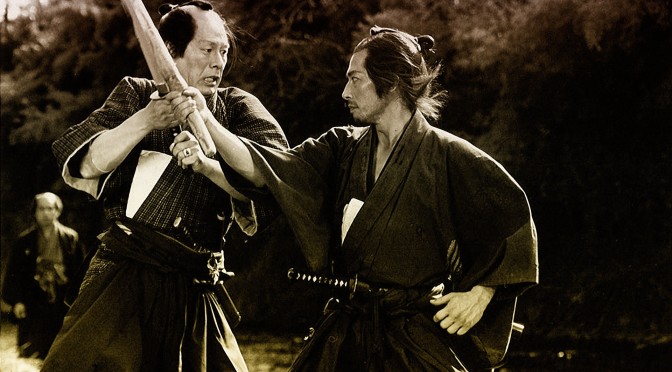
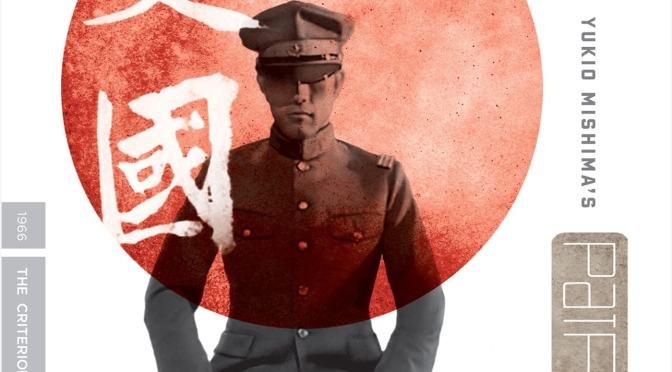
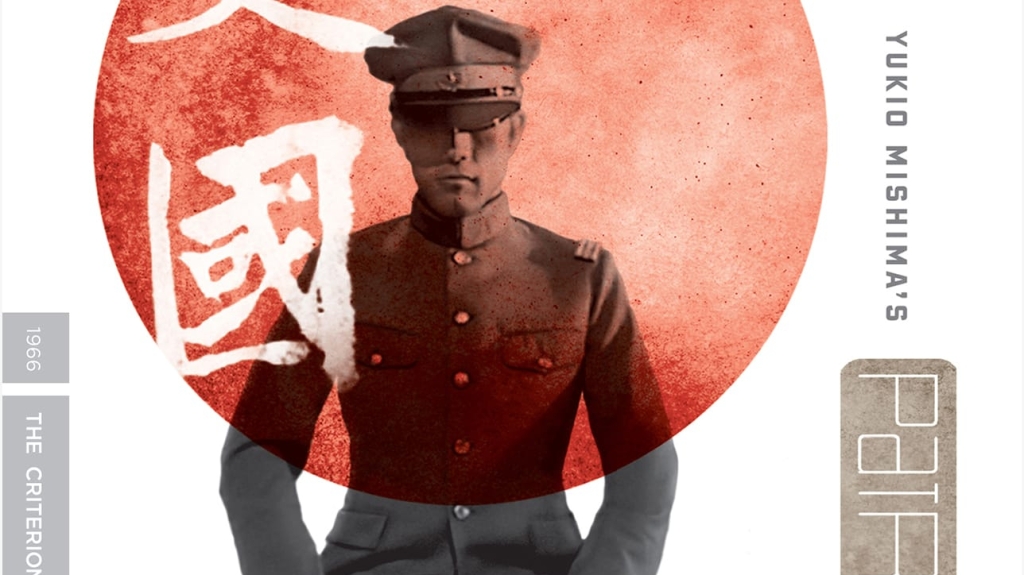
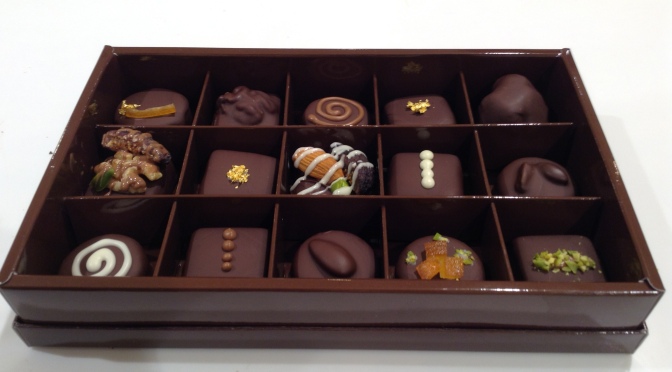
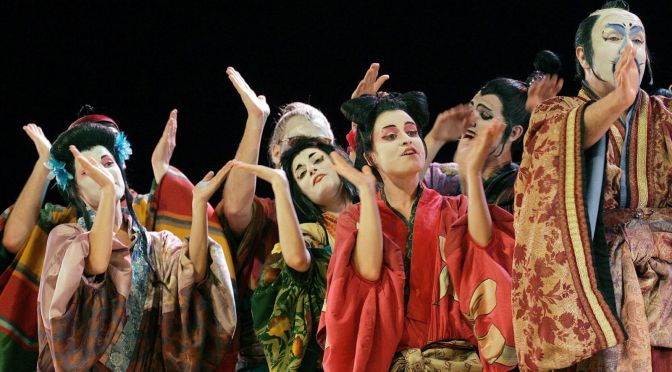
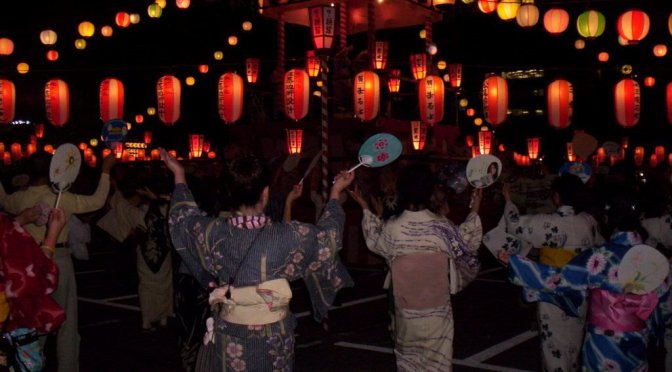
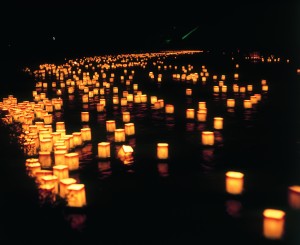 The biggest attraction to Obon celebrations, however is the festive and family-friendly atmosphere filled with music, dance, food and good-natured fun. Usually set in the courtyards, lawns, or parking lots of Buddhist temples, families come together to savor some delicious food from the many stalls, play games, and immerse themselves in the lively rhythm of taiko drums.
The biggest attraction to Obon celebrations, however is the festive and family-friendly atmosphere filled with music, dance, food and good-natured fun. Usually set in the courtyards, lawns, or parking lots of Buddhist temples, families come together to savor some delicious food from the many stalls, play games, and immerse themselves in the lively rhythm of taiko drums. 